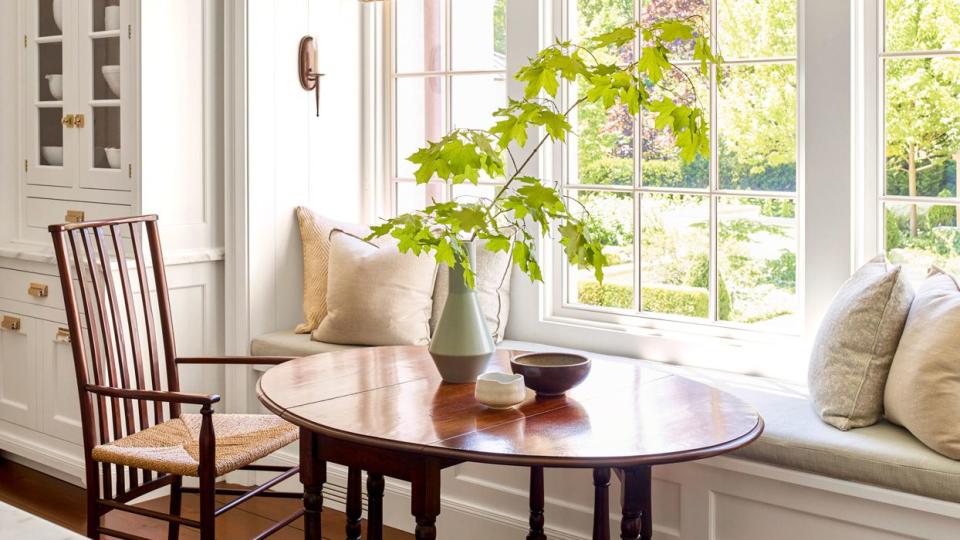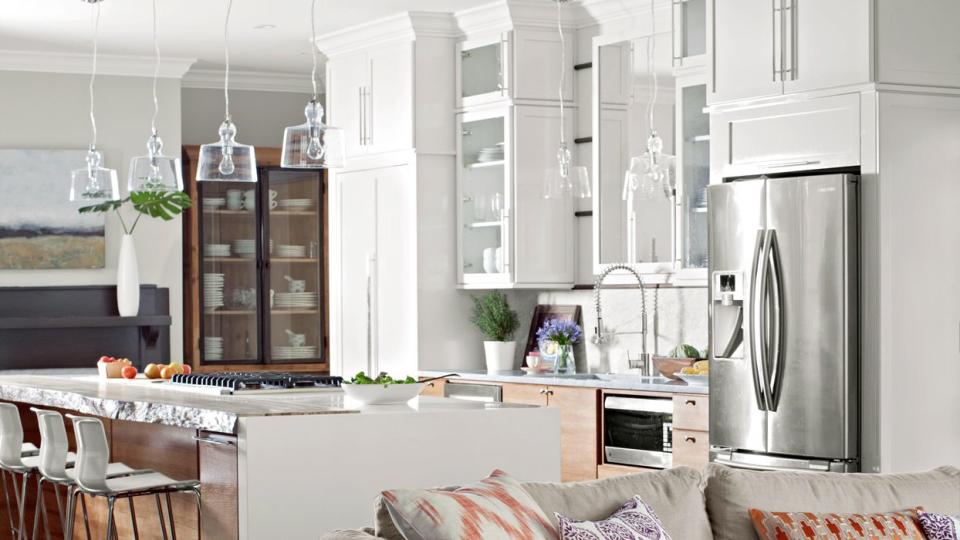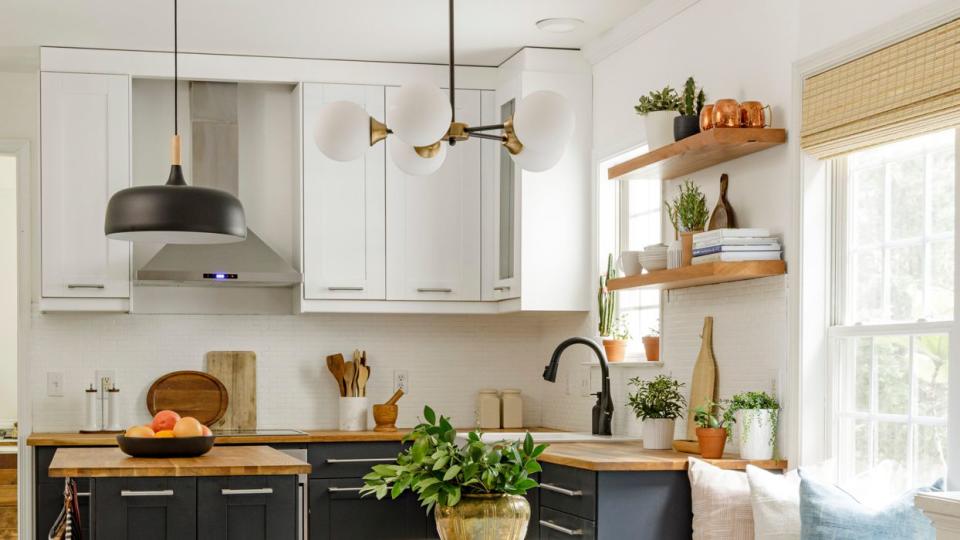What Is a Keeping Room—and Why It Might Be the Cozy Space for Company Your Home Has Been Missing
Even if you've never heard of a keeping room (and can't quite guess what it is based on its name), it's a cozy space you'll want to add to your home. Dating back to the 1700s, keeping rooms are making a comeback in modern homes. A keeping room is a space adjacent to the kitchen, where friends and family can gather to keep the cook company while they prepare a meal. After all, the kitchen is the heart of the home—the spot everyone naturally gravitates to, no matter how small. Think of a keeping room as an overflow room. It's right off the kitchen so you can easily interact with the chef while sitting in a comfy chair as delicious aromas waft in.

Eric Piasecki
History of Keeping Rooms
The history of this room dates back to the late 18th century when people built keeping rooms (sometimes called hearth rooms) next to their kitchens for warmth. Since the kitchen was the only place inside the home that had a fireplace, the warmth of the fire extended into the keeping room and provided a place for people to stay warm during the cold winter months.
Families would gather in this often-small room and spend the day preparing meals, sewing, or doing other household chores. The first keeping rooms appeared in New England but they can also be found in many historic homes in the South.
Today's Keeping Rooms
Both the room's purpose and appearance have evolved over time, but it is still a casual gathering place first and foremost. While you will most often see a keeping room in older homes, homeowners and builders are beginning to incorporate this room into new builds, and for good reason. "A keeping room's location, adjacent off the kitchen, is inherently cozy because of its proximity to where meals are made," says Philadelphia-based interior designer Michelle Gage. "They're a great gathering space for family and friends while the party prep is happening."
"It allows everyone to get close to the action—but not too close to the busy chef. Everyone knows that the kitchen is the hub of the house and that they are primarily made of hard surfaces. A space nearby with cozy soft materials is the perfect complement to the home's workhorse," she adds.

Robert Brinson
How to Decorate a Keeping Room
Cozy, soft materials are crucial to a keeping room. This space is all about warmth and comfort. Instead of assembling around a kitchen island on barstools, a keeping room utilizes nearby space to form a destination for guests to mingle and chat without crowding the kitchen. As they become more popular, sizes and designs might vary, but one thing always remains—the cozy factor.
A keeping room typically has plenty of comfortable furniture, like a deep sofa with lots of soft pillows and plush blankets. Some have a built-in breakfast nook or a rattan furniture set, similar to something you might see in a sunroom. Others are large and feature a fireplace as the focal point, reminiscent of the original keeping rooms. Today, the fireplace is surrounded by comfortable chairs for conversation, enjoying a glass of wine, or playing games.

Lincoln Barbour
A keeping room isn't always a completely separate room. Over the past few decades, open floor plans grew in popularity, and while the trend is beginning to subside a bit, many homes still feature this layout throughout the living space. Often, today's kitchens are open and flow into a dining room or nook that could be used as a keeping room. Just like a family room that's more relaxed than a formal living room, an eat-in kitchen provides an extra place for people to gather and adds to your home's market value.
Keeping Room vs. Family Room: What's the Difference?
It might sound like a keeping room doesn't differ much from a family room, but there are a couple of differences. A family room usually has a TV and it's not necessarily next to the kitchen; many family rooms are in a basement or in the back of a house overlooking the yard, while keeping rooms are near the front of the home, adjacent to the kitchen. However, they are both considered a bonus space.
Keeping rooms might look different than they did in the 1700s, but they add just as much warmth and value to a home today as they did in the past.

